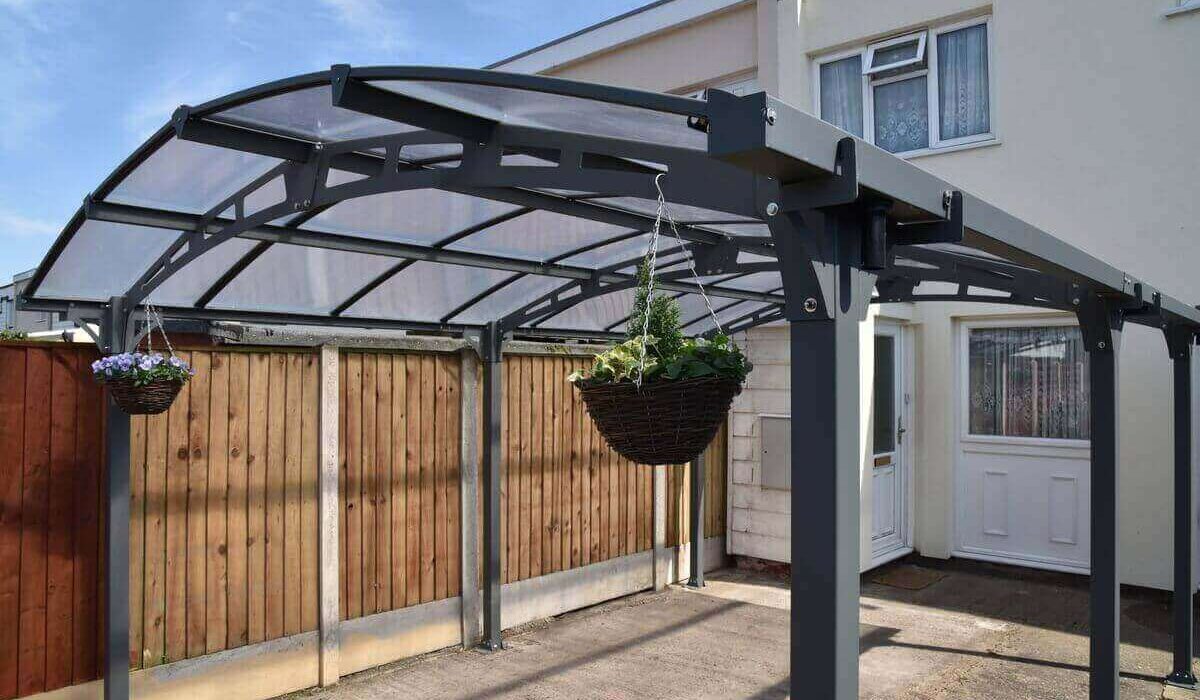Polycarbonate roof panels have become popular among homeowners, contractors, and designers because of their combination of durability, light transmission, resistance to harsh environmental conditions, and versatile applications. From greenhouses to patio covers, carports, and pergolas, these panels enable you to maximize natural light while retaining structural integrity — making them a smart and adaptable solution for many spaces.
The exceptional impact resistance of polycarbonate is one of its main benefits. In contrast to glass, which can break or crack when struck hard, polycarbonate withstands powerful storms, a lot of snow, falling objects, and even a stray ball without breaking. Because of this, it is a far safer option for regions that frequently experience severe weather. After converting from glass to polycarbonate, many homeowners report much lower repair and maintenance costs, ultimately saving time and money.

Installation Tips
Installing polycarbonate roof panels is a relatively simple process, but there are some key tips to keep in mind for a successful installation:
- Always follow manufacturer guidelines for proper spacing, fasteners, and framing.
- Provide a slight slope (typically at least 5º or 10º) to aid in rainwater runoff.
- Use specialized screws with rubber washers to account for expansion and contraction.
- Seal edges with tape or a specialized profile to keep out dirt and debris.
- Handle the panels carefully to avoid scratching or damaging their surface.
Polycarbonate panels come in a range of colors, tints, and finishes, allowing homeowners to customize their space to their preferences. Clear or tinted varieties enable you to control the amount of light that enters, while specialized coatings can provide UV resistance, reducing the effects of solar radiation and extending the material’s lifespan. Some varieties even feature a multilayer structure for added resistance to thermal expansion and contraction.
Comparison with Other Materials
Because polycarbonate is much lighter (typically 50% lighter), more impact-resistant (up to 250 times greater), and less likely to break than glass, it is a more versatile option for many homeowners. Metal roofing (made of steel or aluminium) retains a lot more heat, requiring more insulation and increasing energy costs even though it is more structurally stable and resistant to heavy loads. Polycarbonate is a noteworthy medium-ground solution that improves energy efficiency by retaining heat while reducing solar gain.
Polycarbonate, a sustainable material composed entirely of recyclable resin, has a lower environmental impact when its useful life is coming to an end. This makes it a more eco-friendly choice for homeowners who are worried about conserving resources. By reducing emissions associated with transportation, its lightweight design also enhances its green profile.
Polycarbonate roof panels are a wise investment for modern buildings because they provide a durable, low-maintenance, cost-effective, flexible, and environmentally responsible alternative to traditional roofing materials. Whether you want to add a carport, greenhouse, covered patio, or a stylish awning, polycarbonate offers the perfect mix of design, practicality, and peace of mind.

